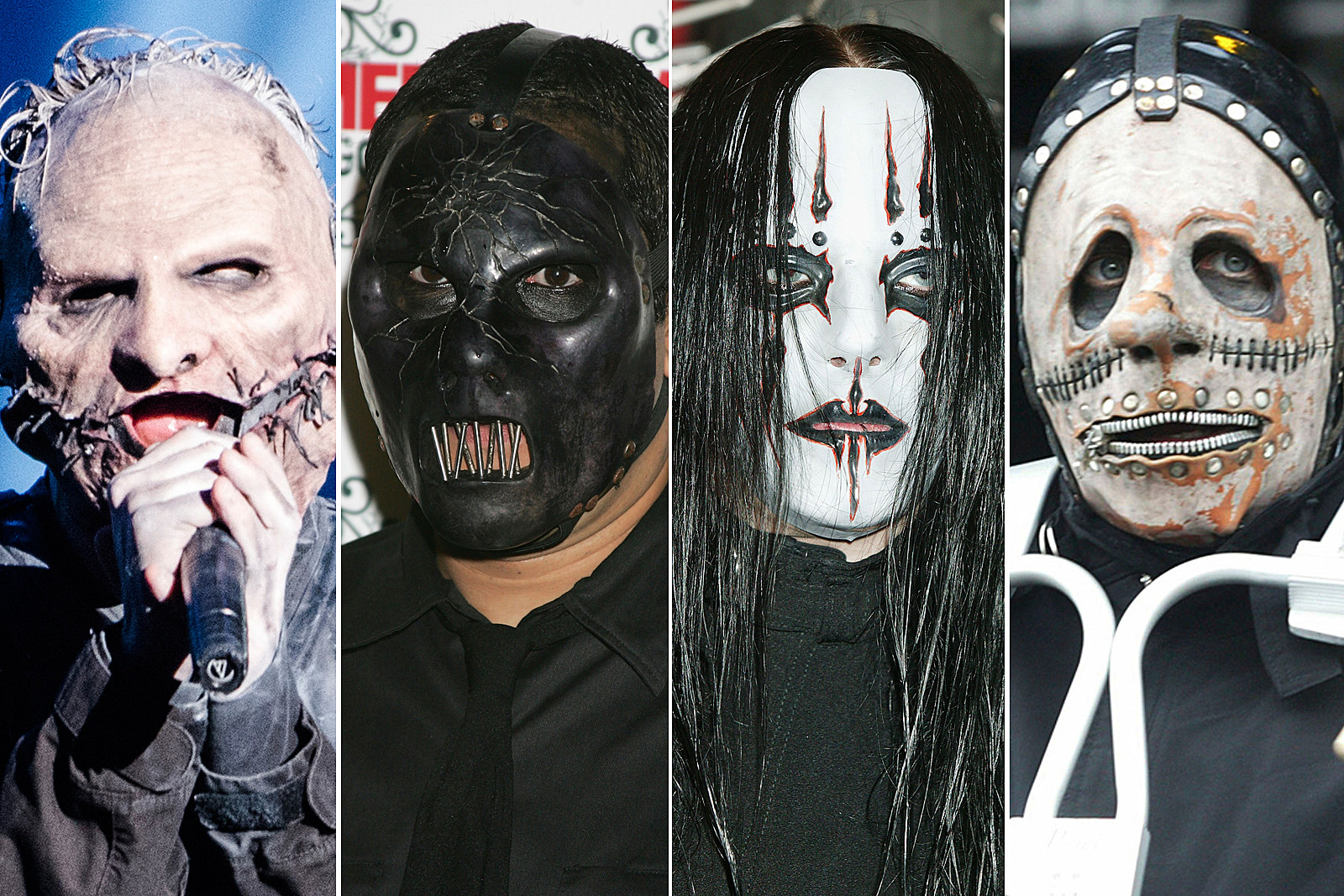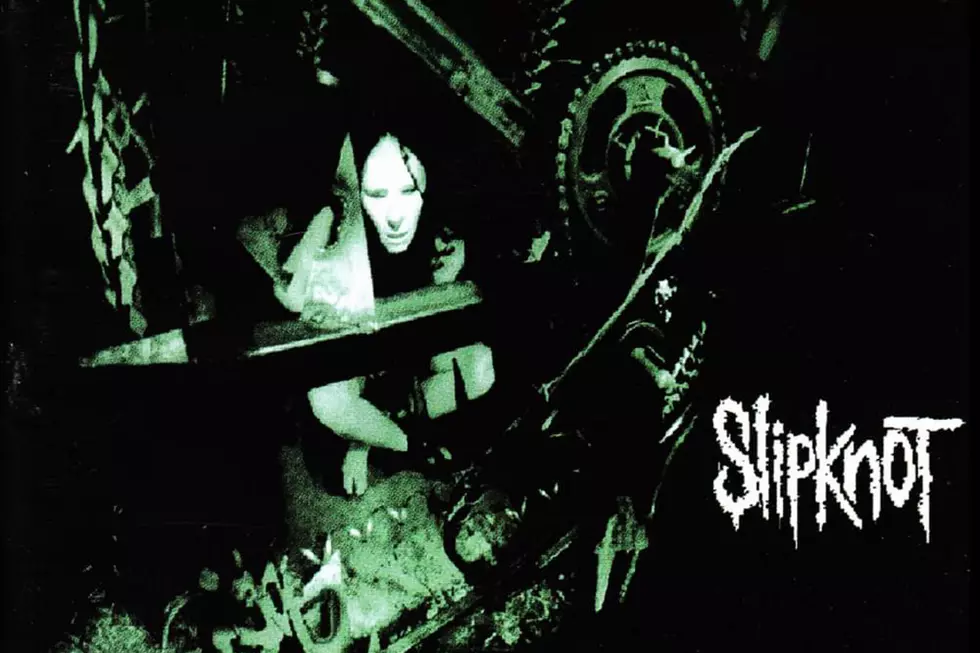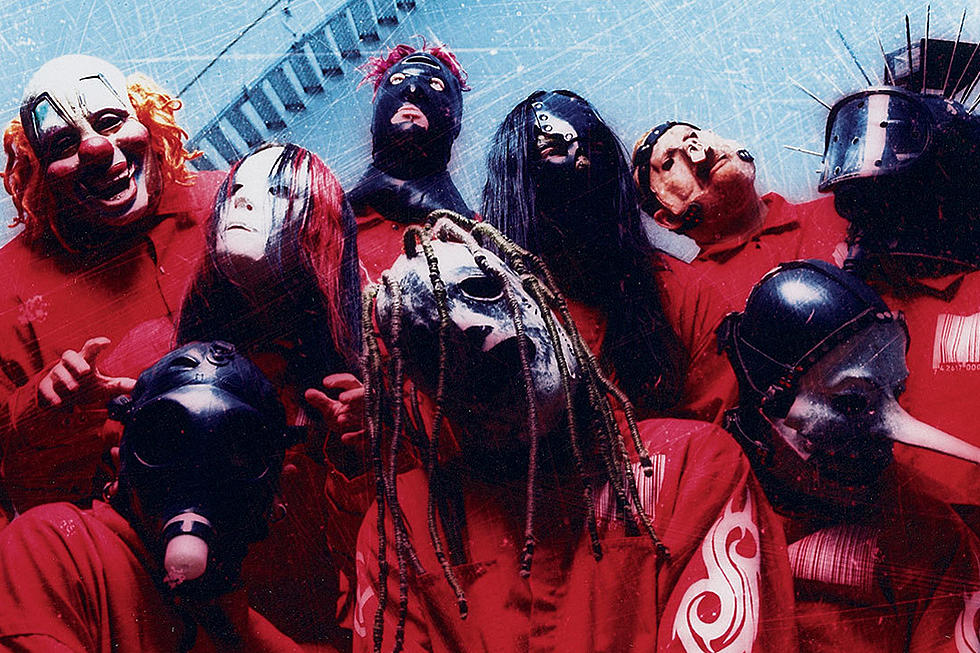
Slipknot’s 2019 single “All Out Life” could easily serve as a motto for the band’s relentless attitude since their formation in 1995.
Over the years, the nine-man juggernaut has become synonymous with extreme music, intense stage performances, and a lineup that has seen its fair share of changes. With each incarnation of the band, Slipknot has managed to retain, if not amplify, their ferocious energy, carving out a legacy that’s both awe-inspiring and chaotic.
The band’s journey is a tale of decades of pushing musical boundaries, dramatic stage shows, and an unwavering commitment to their craft.
Since their inception, Slipknot has released five studio albums, with their second album, Iowa (2001), achieving platinum status. The band’s aggressive sound, coupled with their theatrical live performances, has made them one of the most iconic bands in the metal genre.

However, with all that energy and intensity, there have been inevitable accidents along the way. Frontman Corey Taylor once performed with a broken neck, percussionist Shawn “Clown” Crahan has split open his head on stage, ex-drummer Joey Jordison broke his ankle during a performance, guitarist Mick Thomson sustained a sliced hand, and DJ Sid Wilson has even broken both his heels. These injuries are a testament to the band’s dedication to delivering a high-octane experience to their fans, no matter the cost.
Yet, Slipknot’s legacy isn’t just about their physical endurance or their music; it’s also about their ability to weather internal storms.
The band has experienced numerous lineup changes, often due to personal clashes, creative differences, or tragic circumstances. Despite these changes, Slipknot has remained a force to be reckoned with, continually evolving while staying true to their roots.

The Early Years (1995-1996)
The original lineup of Slipknot in 1995 included Josh Brainard, Donnie Steele, Paul Gray, Shawn Crahan, Anders Colsefni, and Joey Jordison.
Gray, Crahan, and Jordison were the driving forces behind the band, bringing together musicians they had played with in various other projects. The band initially performed under the name Meld before adopting the Slipknot moniker.
This lineup laid the foundation for what would become one of the most influential metal bands of all time.

The First Changes (1996-1997)
As Slipknot began to work on their first demo, Donnie Steele, who played guitar, left the band due to discomfort with the lyrical content. He later explained that he had a lot on his mind spiritually, which conflicted with the direction the band was heading.
Craig “133” Jones was brought in to replace Steele, but during the demo’s development, the band realized they needed someone to handle the sampling effects live. As a result, Jones transitioned to that role, and Mick Thomson was recruited as the new guitarist. This lineup released the demo Mate. Feed. Kill. Repeat in October 1996.

Enter Corey Taylor and Greg “Cuddles” Welts (1997-1998)
The band’s first demo received a lukewarm response, leading Slipknot to reconsider their approach. One of the key changes was the addition of Corey Taylor, the lead singer of Stone Sour, as the new frontman.
Taylor’s arrival pushed Anders Colsefni to the role of percussionist and backing vocalist. However, Colsefni left the band shortly after, making the announcement during a live performance. Greg “Cuddles” Welts was brought in as his replacement, and the band recorded a five-track demo aimed at securing a record deal.

Sid Wilson Joins the Fold (1998)
With Slipknot gaining traction, DJ Sid Wilson was invited to join the band, adding a new layer to their live performances. Wilson’s addition marked a turning point for the band as they continued to refine their sound.
During this time, renowned producer Ross Robinson expressed interest in working with Slipknot, signaling that it was only a matter of time before they secured a record deal.

Roadrunner Records and a New Direction (1998-1999)
Just days before announcing their seven-album deal with Roadrunner Records, Slipknot dismissed Greg Welts. The reasons for his departure were unclear at the time, but Welts later revealed that his relationship with Joey Jordison’s sister had caused tension within the band.
Welts was given a choice between the band and his relationship, and when the rest of the group didn’t support him, he chose the latter. Brandon Darner briefly replaced Welts before Chris Fehn took over the role as Slipknot headed to California to begin work on their debut album.

The Classic Lineup Solidifies (1999)
As Slipknot worked on their self-titled debut album, Josh Brainard decided to leave the band during their Christmas break, citing dissatisfaction with certain decisions.
His departure paved the way for Jim Root to join as the guitarist, completing the classic Slipknot lineup. This version of the band released their debut album in June 1999 and embarked on a tour that included a spot on Ozzfest, which helped them gain a larger following.

The Tragic Loss of Paul Gray (2010)
Slipknot’s longest period of lineup stability ended with the tragic death of bassist Paul Gray in 2010. Gray’s death, later confirmed to be the result of an accidental overdose of morphine and fentanyl, left the band’s future uncertain.
Some members, like Joey Jordison, were determined to continue, while others, including Corey Taylor, were less sure. Ultimately, Slipknot decided to carry on, with original guitarist Donnie Steele stepping in to cover Gray’s parts during live performances, often from an offstage position.

A New Era: 2014-2018
In 2014, Slipknot began work on their tribute to Gray, * .5: The Gray Chapter*. However, tensions within the band boiled over during the recording process, leading to the dismissal of Joey Jordison, who later revealed that he had been shocked and blindsided by the decision.
Slipknot introduced new members, bassist Alessandro Venturella and drummer Jay Weinberg, as they prepared to release their fifth studio album. Despite the initial intention to keep their identities secret, a tattoo on Venturella’s hand gave him away, and Weinberg’s identity was soon revealed as well.

The Departure of Chris Fehn (2019)
Following the release of * .5: The Gray Chapter*, Slipknot took another hiatus. When they returned in 2018 with the single “All Out Life” and announced their sixth album, fans were excited to see the band back in action. However, the excitement was dampened by the news of Chris Fehn’s departure in 2019.
Fehn accused Shawn Crahan and Corey Taylor of hiding income streams from him, leading to years of underpayment. Despite Fehn’s insistence that he was still a member and wanted to remain in the band, Slipknot issued a statement saying, “Chris knows why he is no longer a member of Slipknot.”
Conclusion
Throughout their tumultuous history, Slipknot has proven that they can weather any storm, whether it be lineup changes, personal tragedies, or physical injuries. Their ability to adapt and evolve has kept them at the forefront of the metal scene for decades, and their commitment to their craft remains as strong as ever. As the band continues to move forward, fans can be sure that Slipknot will continue to deliver the intense, chaotic energy that has defined their career.
Leave a Reply